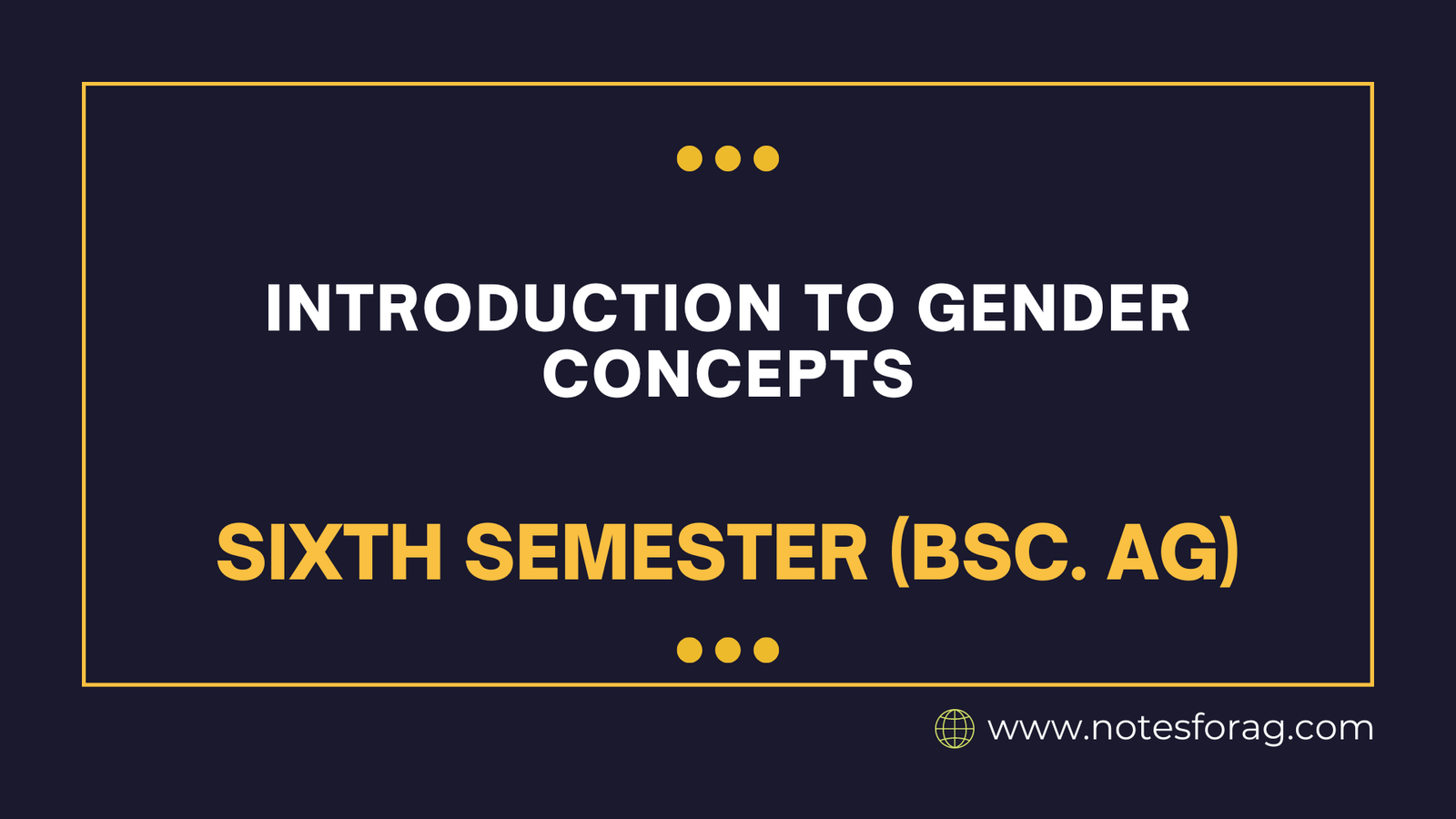Gender refers to the socially constructed roles, behaviours, activities, and characteristics that a society believes are suitable for men, women, and other gender identities. Gender is a complicated interaction of society expectations, norms, and individual identity, whereas sex is biological (male, female, or intersex).
Table of Contents
Some key gender-related concepts include:
- Gender Identity: A person’s internal sense of their gender, which may or may not align with the sex assigned at birth.
- Gender Expression: How a person presents their gender outwardly, through dress, behavior, and personal appearance.
- Cisgender: Someone whose gender identity aligns with their assigned sex at birth.
- Transgender: Someone whose gender identity differs from their assigned sex at birth.
- Non-binary/Genderqueer: Individuals who don’t strictly identify as male or female.
Gender Segregation and Stratification
Gender segregation refers to the physical, social, and cultural separation of people based on gender, often resulting in unequal access to opportunities. It can manifest in various ways, such as:
- Occupational Segregation: Certain jobs are dominated by one gender (for example, women teach, males engineer).
- Educational segregation is the practice of teaching different genders separately, which can promote preconceptions and limit access to subjects or vocations.
Gender stratification is the hierarchical arrangement of persons in society depending on their gender, which results in unequal distribution of resources, power, and advantages. Patriarchy, a social system in which men wield predominant power, is a textbook illustration of gender stratification.
Gender Discrimination
Gender discrimination involves treating individuals unfairly or unequally because of their gender. It can occur in various spheres of life, including:
- Workplace: Unequal pay, glass ceilings, and lack of opportunities for career advancement for women and gender minorities.
- Education: Discrimination in the classroom, curriculum, or educational opportunities.
- Public Life: Legal restrictions and cultural biases that limit the roles of women and gender minorities in politics and leadership.
Discrimination can be overt (e.g., gendered job advertisements) or subtle (e.g., biased evaluations).
Gender Equity
Gender equality refers to the fair and just allocation of benefits and duties between genders. It recognises that various genders have unique challenges and attempts to give personalised tools and opportunities to help them overcome these obstacles.
- Equity vs. Equality: Gender equality emphasises treating everyone the same, but gender equity entails identifying gender differences and correcting for historical and structural disadvantages.
For example, affirmative action programs may focus on increasing women’s participation in traditionally male-dominated fields like engineering or politics.
Social Inclusion
Social inclusion entails ensuring that all people, regardless of gender, have equal access to opportunities, resources, and decision-making processes in society. It strives to question and destroy barriers to full engagement for marginalised genders.
- Inclusive Policies: These may include gender-neutral language in legal documents, equal access to healthcare for transgender individuals, and anti-discrimination laws.
- Intersectionality: A framework that considers how various identities (gender, race, class, sexual orientation) intersect to create unique experiences of oppression and privilege. Gender inclusion efforts often incorporate intersectional perspectives to ensure that diverse identities are represented and respected.
Linking It All Together
Understanding gender concepts aids in the resolution of societal injustices and motivates attempts to create a more equitable and inclusive environment. Recognising the roles of segregation, discrimination, and stratification allows us to better address the structural impediments to gender equality, resulting in more equitable and inclusive workplaces for all genders.
Frequently Asked Questions (FAQs)
What is the concept of gender segregation?
Sex segregation, sex separation, sex partition, gender segregation, gender separation, or gender partition are all terms that refer to the physical, legal, or cultural isolation of persons based on their biological sex or gender at any age.
What is the concept of gender and gender discrimination?
Gender discrimination occurs when someone is treated unequally or unfairly because of their gender, rather than their sexual orientation. This includes harassment and discrimination based on sex, gender identity, or gender expression.
What is the concept of segregation?
Segregation is the separation or isolation of a race, class, or ethnic group through forced or voluntary settlement in a confined region, restrictions to social interaction, separate educational facilities, or other discriminatory measures.
Related Articles

